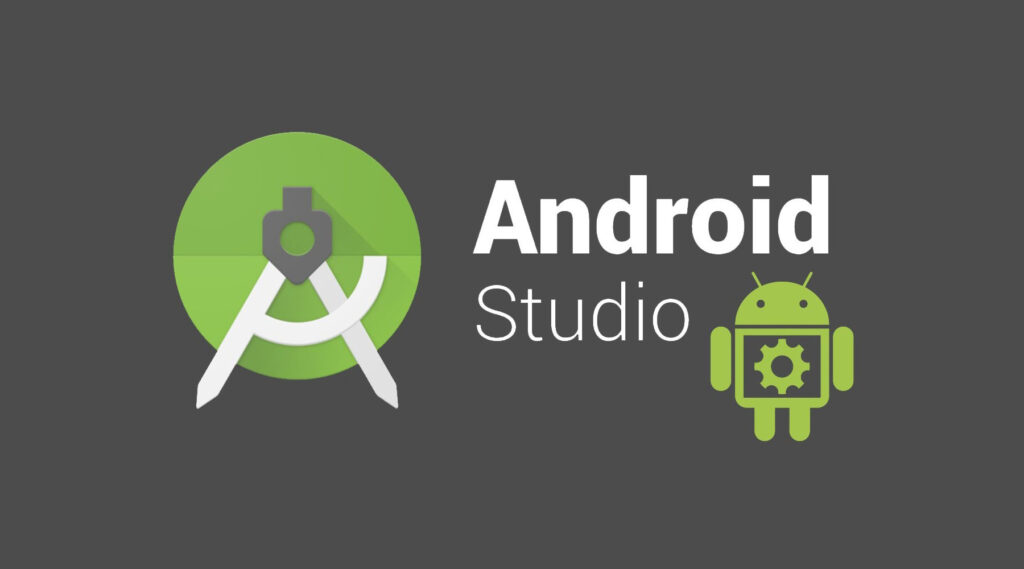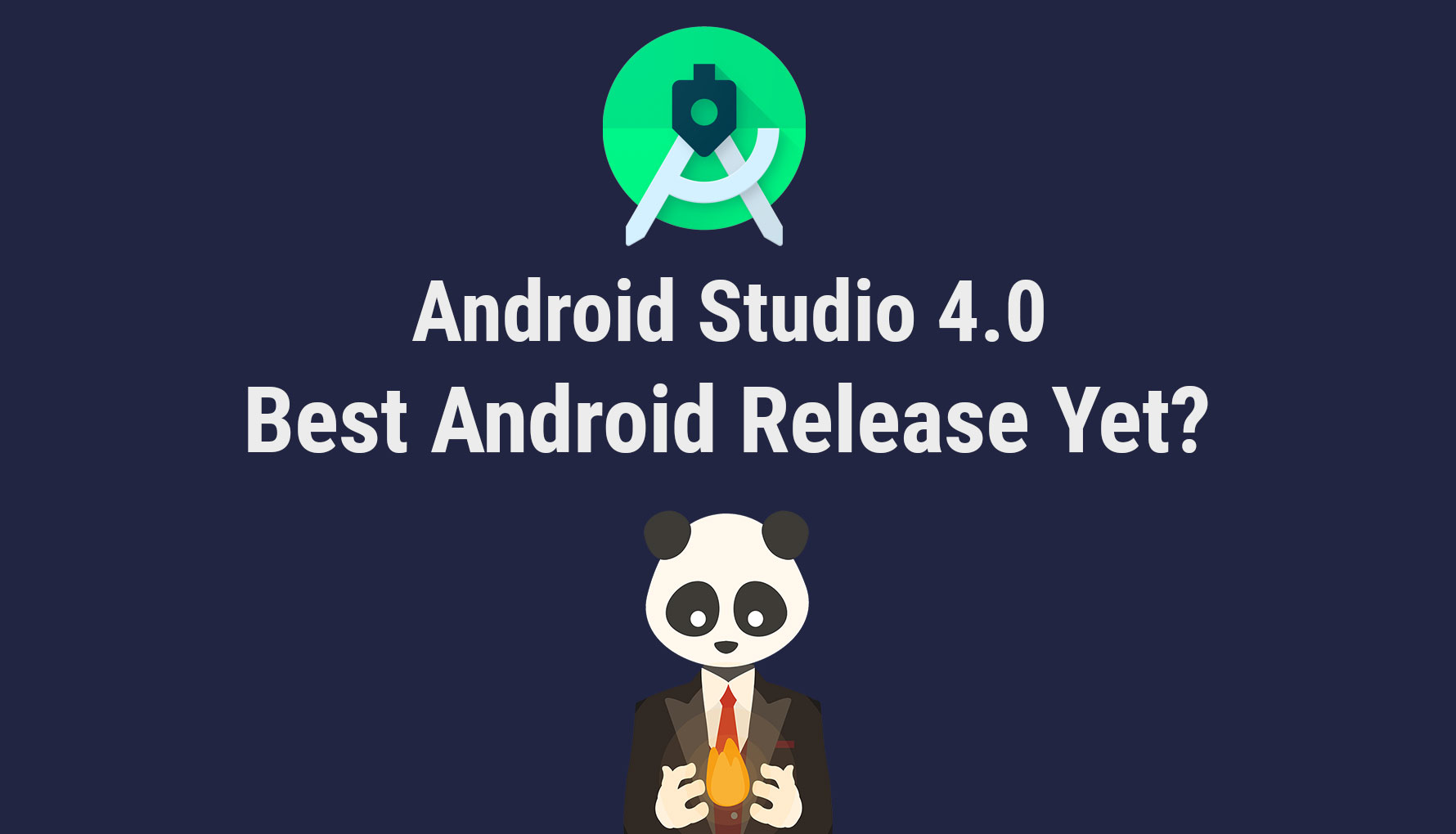Introducing the new features of Android Studio 4
A brief definition of Android Studio 4
Finally, on May 28, 2020, Google Android Studio 4.0 released its latest version. As you know, Android Studio has unique and interesting features. In the following article, we will introduce you to the new features of Android Studio 4 .
The latest version of Android Studio is supposed to help developers design and develop their applications faster and with more accurate code. You can now download Android Studio 4.0 directly from the Android Developer site for Mac Windows and Linux.
New features of Android Studio 4
Android Studio 4 has features like its predecessors, with the only difference being that these features work better and more, and developers can easily get the job done faster. According to Google Android Studio 4, it has been able to fix most of the bugs in its previous versions, which is a significant point.
One of the most important features of this version is the implementation of Android Emulator in Android Studio. This feature may have a very positive effect on the development process of Android applications.
With this new feature of Android Studio, the work of developers has become easier because in the past, they had to enter different programs to run and test their applications.

One of the features that has attracted a lot of attention from developers is the existence of a new Database Inspector. Android Studio 4 can easily support local learning machine technology (without the need for any cloud space).
Now that we are a little familiar with Android Studio 4, let’s talk more about the new features of Android Studio 4. As we said before, Android Studio has brought unique features with its new version, so that the majority of developers are satisfied with this work of Google (the manufacturer of Android Studio).
New features of Android Studio 4 for Design
Motion Editor
Motion Editor is the first feature added to Android Studio 4 .The Motion Editor is a type of motion editor. This motion editor has been under AndroidX for almost two years in the ConstraintLayout section called MotionLayout.
MotionLayout is designed to help developers make animations easier to implement and implement. The main problem with MotionLayout was that in this editor you had to do the process of creating and developing animation animations in XML, which took a lot of time and energy.
Fortunately, this was fixed in Android Studio version 4, and in this version you host a more advanced interface called Motion Editor, which allows you to easily create and edit animated visual faces in MotionLayout.
The good news is that developers no longer have to build and develop complex XML files themselves, but Motion Editor does all that and easily supports all the needs of developers.
The Motion Editor Definition: A simple interface for creating, editing, and previewing MotionLayout animations

Layout Validation
If you are creating different page sizes, shape factors and image resolution, you will need to verify in your user interface because every page you make changes to must be supported by Layout Validation. Otherwise, what you have done may be useless.
Layout Validation Window helps you use and monitor multiple pages and configurations simultaneously. So you can use this feature to do your design and development in the best way using several different devices.
It should be noted that if you want to see the status of the programs you have created, you can click on the Layout Validation tab in the upper right corner of the IDE.
Layout Validation Definition: Compare your user interface in different page dimensions.
Layout Inspector
Fortunately, the new version of Layout Inspector is designed to fix all the bugs of previous versions, and the program has been updated to give you an understanding of the application UI whenever you want.
This very useful tool of Android Studio helps developers to see exactly how to design their application along with various features on the screen. If your device supports Android 10, then you can use other features of this tool.
It should be noted that if you install this tool on a device with an API level of 29 or higher, you can access other features of this tool, such as: Dynamic Layout hierarchy that whenever the program is updated. The tool also updates itself, detailed view properties that help a lot in determining the amount of resources needed.
Layout Inspector Definition: A real-time, intuitive bug fix experience
New features of Android Studio 4 for Developer and Profile
Update of IntelliJ IDEA 2019.3 platforms
Android Studio IDE kernel has been updated with IntelliJ IDEA 2019.3 and 2019.3.3. These enhancements focus on improving performance and quality in the IDE.
CPU Profiler UI update
The CPU Profiler is designed and updated to gather a lot of information, from the subject of your project to what you are doing.
CPU Profiler is one of the best tools that can be used to improve the performance of the program. The CPU Profiler in Android Studio 4 separates the main and important CPU performance records from the main profile timeline of the profiler and puts them in different groups that are organized for easier access to them (CPU performance records).
So with this we can rotate in organized groups and drag and drop the items we want so we can create more custom projects.
Note: The CPU Profiler UI update, enhancements that make the UI more visually navigable and easier to understand data.
Kotlin Android Live Templates
Live templates are an easy-to-use IntelliJ feature that lets you type common keywords into your application code by typing simple keywords. Android Studio now includes live Android templates for Kotlin code.
For example, you can simply type toast and press the Tab key to get the boilerplate code into action for Toast quickly.
To see the full list of available live templates, go to the Editor Settings section and go to the Live Templates Settings section as follows: Editor> Live Templates in the Settings Settings
Smart Editor Features for R8 Rules
The Smart Editor feature was introduced in the Android Gradle 3.4.0 plugin to perform and integrate desugaring, shrinking, obfuscating, optimizing, dexing, and مراحل steps.
Smart Editor has led to significant advances in software development and production. Prior to Android Studio 4, there was no smart editor that could automatically write or edit R8 rules. When we want to set rules for R8 rules, Android Studio uses its smart editor to provide features such as syntax highlighting, code completion, and error checking.
Note: The most important function of this smart editor is that it integrates with the Android project so that it can be a complete symbol for all classes, methods and fields, as well as can perform navigation codes and fast code reconstruction.
Clangd support for C ++
Clangd is the core language evaluation engine for developers using the C ++ programming language. C ++ developers can use Clangd to scan code, inspect, complete, and display code alerts and errors.

If you want to configure your Android Studio project, go to the following section and finally configure your project based on the available options: Languages & Frameworks> C / C ++> Clangd or Clang-Tidy
New features of Android Studio 4 for Build
Java programming language for designing all kinds of Android libraries in each API level
The previous version of the Android Gradle plugin supported all API levels through the desugaring method using various Java language features. Now, this feature has become much more advanced and powerful in Android Studio 4. (Android Studio 4.0).
Build Analyzer
Ever since Android was developed, building great software has also become a big problem. Most developers spend their time changing variables, which in addition to wasting time, takes a lot of energy from people.
Fortunately, this problem was solved in Android Studio 4 and a tool called Build Analyzer with plugin 4 was introduced. The main task of this tool is to analyze the manufacturing process and warn you if you see any problems.
Feature-on-Feature Dependencies
When using the Android Gradle 4.0.0 and above plugin, you can now specify that the attribute of one dynamic module depends on the attribute of the other module. The ability to define this relationship ensures that your application has the modules needed to unlock additional functions.
Support for Kotlin DSL script files
With the update of Android Studio to version 4, it has become possible for Android Studio to support Kotlin DSL script files. Kotlin scripts are a complete set of solutions to the problems of the manufacturing process.
Option to enable or disable Build Features
The Android Gradle plugin has built-in support for modern libraries, such as data connectivity, and view connections and create features such as BuildConfig classes automatically. However, you may not need these libraries and features for every project.
This feature plays an important role in improving project optimization performance. In version 4.0 of the plugin, you can now disable the discrete build features. Finally, we hope you find the Android Studio 4 article useful.













